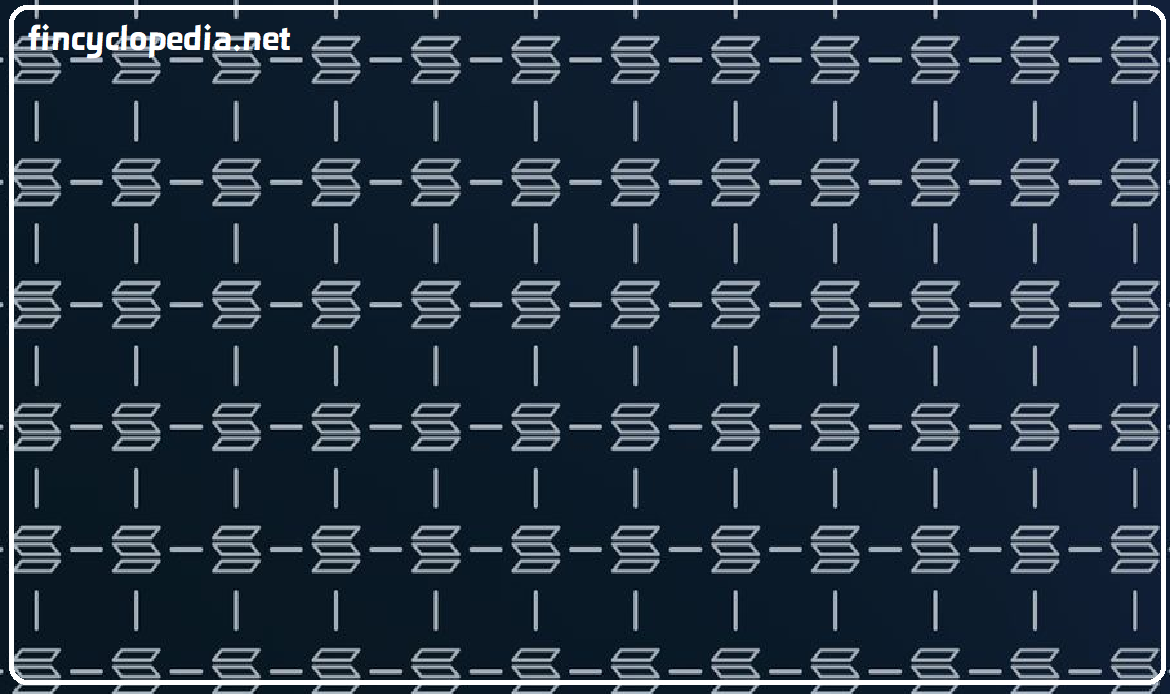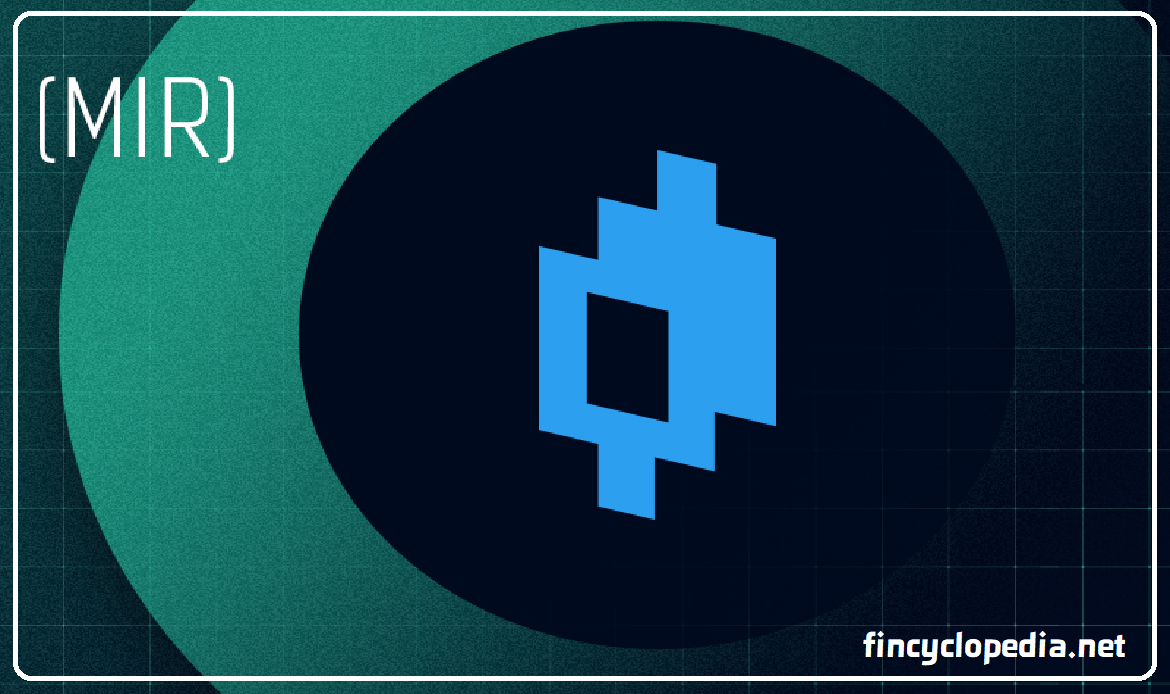
Concept
A type of node (blockchain node)- specifically, a bitcoin node- that stores the entire of the blockchain, and hence the amount of data it stores consists of the entire network. It stores full amount of data on a network, and builds an archive of historical states or records. These nodes are instrumental for block exploring, chain analysis, and network infrastructure providers.
Pruned nodes versus un-pruned nodes
Contrary to un-pruned nodes, pruned nodes require smaller amounts of data storage to maintain its consensus, more users can have more room to participant given a user’s lower tech capabilities. A pruned and full node (specifically, un-pruned node) differ in the amount of blockchain data each can store. A full node stores the entire network, including every transaction that was conducted on the network. In contrast, a pruned node only stores a sector of the blockchain, accommodating certain users’ limited resources (e.g., limited storage capacity). Pruned nodes may also allow users avoid the longer wait time for downloading the entire records.
Pruned nodes represent a line of support necessary to the stability of the network. Full nodes come at the core, while pruned nodes provide additional support and help keep track of the integrity of the entire network. The more nodes are in a network, the better its security is. Given its limited scope, a pruned node does fully verify all transactions, but it just doesn’t record or produce all the historical data after completion of verification. A full node might be pruned or un-pruned (archival node). Users can move from un-pruned nodes to pruned nodes, but not the other way around (otherwise, the entire network has to be downloaded and re-verified).
An un- pruned node carries a big amount of storage space (hard drive space) that is required to validate entered, new transactions. Hence, without pruning, users cannot avoid the long time needed to download and store previously verified and recorded transactions. For example, an un-pruned node operator cannot define how long on the network it would go, considering any transactions that have been validated for a certain number of successive blocks as immutable.





